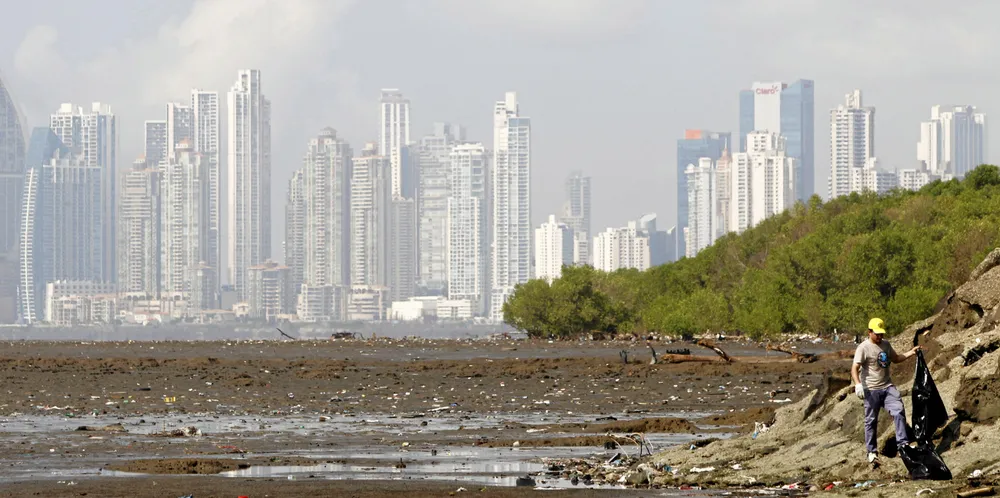'We want to strengthen our commitments': Panama energy secretary targets faster transition
Central American government wants to step-up plan based around hydro, solar and wind and electrify public transport, Jorge Rivera Staff tells Recharge in an exclusive interview
